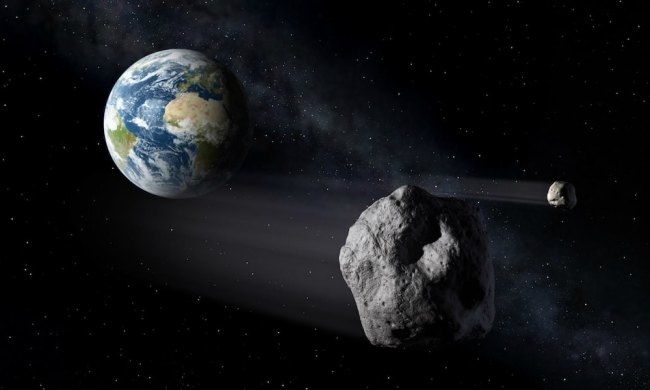
Georgina Torbet
Space Writer
Georgina is the Digital Trends space writer, covering human space exploration, planetary science, and cosmology. She specializes in current and future exploration of Mars. She has previously written about science, technology, and security topics for websites like SlashGear, Engadget, and Futurism. She has a master's degree in neuroscience and a PhD in psychology.

The Amazon Fire TV Stick with Alexa voice remote is only $18
If you have an older TV without smart features but you want easy access to streaming services, you don't need to chuck your old set and buy a whole new TV.

Make sparkling water at home, anytime, for only $50 thanks to this Prime deal
One offer we had to highlight today is on a sparkling water maker that can encourage you to drink more water without having to buy bottled.

This HyperX wireless headset lasts for 300 hours on one charge, and it’s $50 off
This popular pair of gaming headphones are an impressive 25% off for an early Prime Day deal.

Save $40 on a Waterpik Ion water flosser in an early Prime deal
Now you can pick up a hefty 40% discount on the Waterpik ION, which is on sale for just $60, down from $100.

Make coffee lightning fast: Dash Rapid Cold Brew Maker is $30 off
Nominated as one of our picks for best cold brew coffee makers, what sets the DASH Rapid Cold Brew Maker apart is its speed.



























